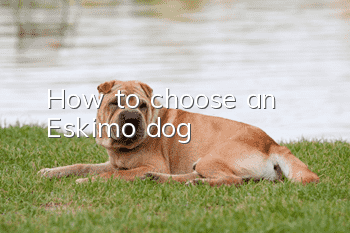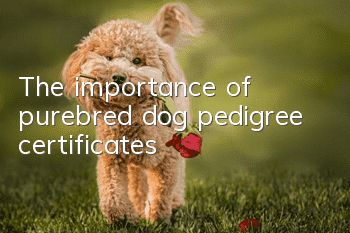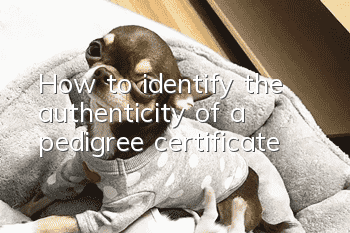How to choose an Eskimo dog

(1) For the sensory test, use your thumb and index finger to pinch the web between the middle toes of the puppy's front feet, and count the numbers from one to ten in your mouth. At the same time, your fingers will gradually increase the strength. If the puppy has struggled violently at the beginning, it will be more likely to struggle against the head circle and Dogs that are overly sensitive to restraint and training and that struggle at the highest level of exertion need a tough trainer.
(2) Behavior test, the tester kneels a distance in front of the puppy and calls the puppy to come. If the puppy runs straight towards it with its tail raised, it must be a confident and social dog. A dog with an independent personality may be indifferent, while a timid puppy may come but with a hesitant attitude and a drooped tail. (3) The tester attracts puppies to follow him. The puppies with strong self-confidence will actively follow him, while the strong ones will run ahead or stumble, and the timid ones will hesitate but stop and walk independently. The others went elsewhere. (4) Turn the puppy on the ground with its legs in the air, press its chest with one hand, use slight force to restrict its movement, and stare into its eyes for half a minute. At this time, the strong ones will struggle hard without fear in their eyes, while the timid ones will be submissive and have wandering eyes. This test is extremely important, and the strongest puppies are suitable for those with more experience. (5) In the retrieval test, use a piece of paper to make a ball and throw it a few feet in front of the puppy. If the dog runs to the paper ball, picks it up, and walks back with the tester's encouragement, it will be a good dog that is easy to train. If the dog shows little interest in the paper ball or even walks away, the dog is less likely to be trained. If the dog goes to the corner with a ball of paper in his mouth to chew and play alone, this independent dog will need an experienced trainer in the future.
(2) Behavior test, the tester kneels a distance in front of the puppy and calls the puppy to come. If the puppy runs straight towards it with its tail raised, it must be a confident and social dog. A dog with an independent personality may be indifferent, while a timid puppy may come but with a hesitant attitude and a drooped tail. (3) The tester attracts puppies to follow him. The puppies with strong self-confidence will actively follow him, while the strong ones will run ahead or stumble, and the timid ones will hesitate but stop and walk independently. The others went elsewhere. (4) Turn the puppy on the ground with its legs in the air, press its chest with one hand, use slight force to restrict its movement, and stare into its eyes for half a minute. At this time, the strong ones will struggle hard without fear in their eyes, while the timid ones will be submissive and have wandering eyes. This test is extremely important, and the strongest puppies are suitable for those with more experience. (5) In the retrieval test, use a piece of paper to make a ball and throw it a few feet in front of the puppy. If the dog runs to the paper ball, picks it up, and walks back with the tester's encouragement, it will be a good dog that is easy to train. If the dog shows little interest in the paper ball or even walks away, the dog is less likely to be trained. If the dog goes to the corner with a ball of paper in his mouth to chew and play alone, this independent dog will need an experienced trainer in the future.
Random articles
- When does Husky shed hair? What should you do if your dog sheds hair easily in spring?
- How to solve the problem of body odor in pet dogs?
- Dogs that don’t shed, say goodbye to the sadness of losing hair during the changing seasons
- How to feed a puppy that is several months old? What are the precautions for feeding puppies?
- How dogs can prevent colds and effectively fight the flu season
- What to do if your pet dog is losing hair
- Dogs with colds and coughs may have kennel cough. Do you know about kennel cough?
- What to do if your dog coughs? It may be a distress signal to you
- A useful tool for cleaning up your dog’s hair loss
- Can dogs recover from colds? Cold self-examination manual



